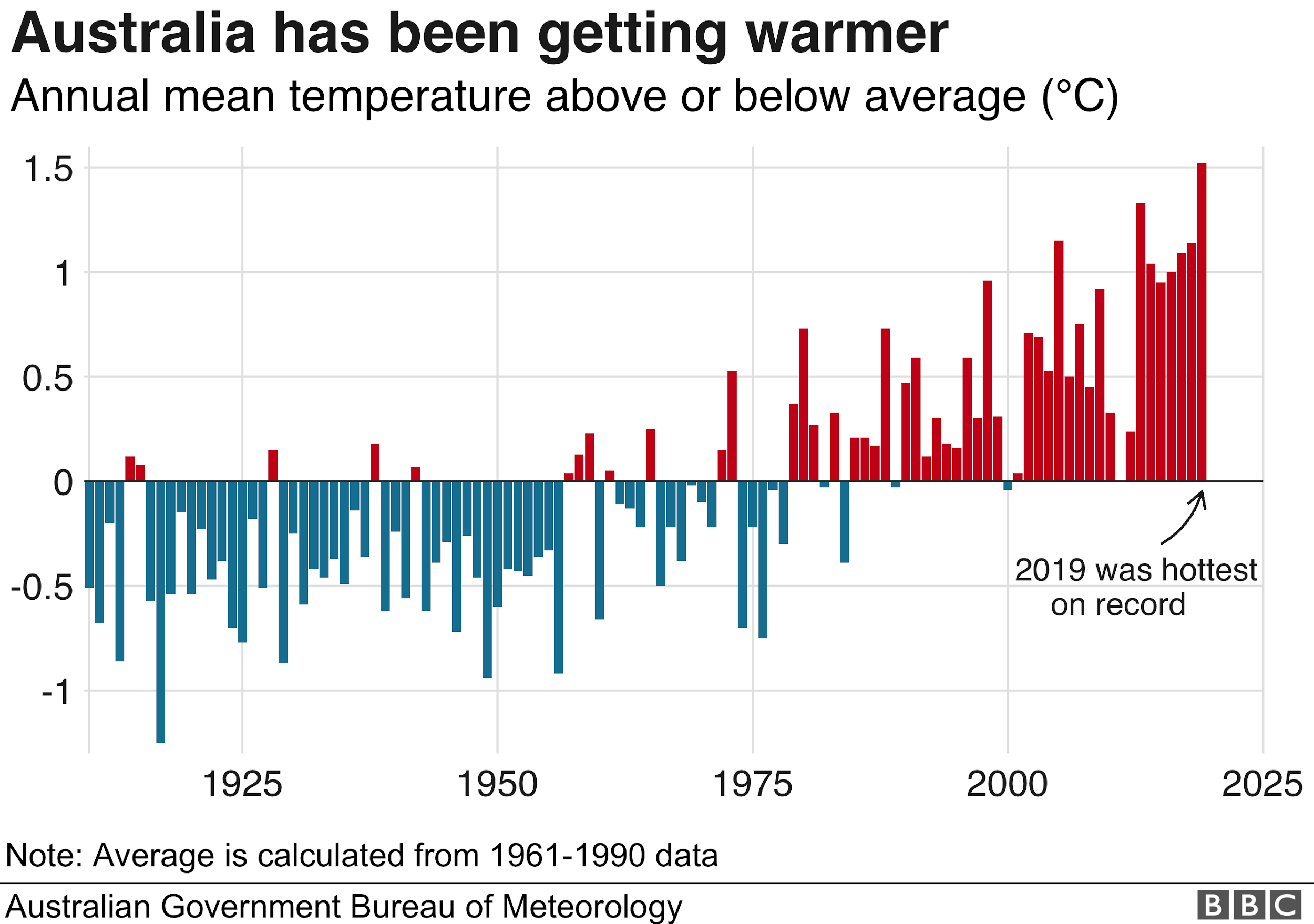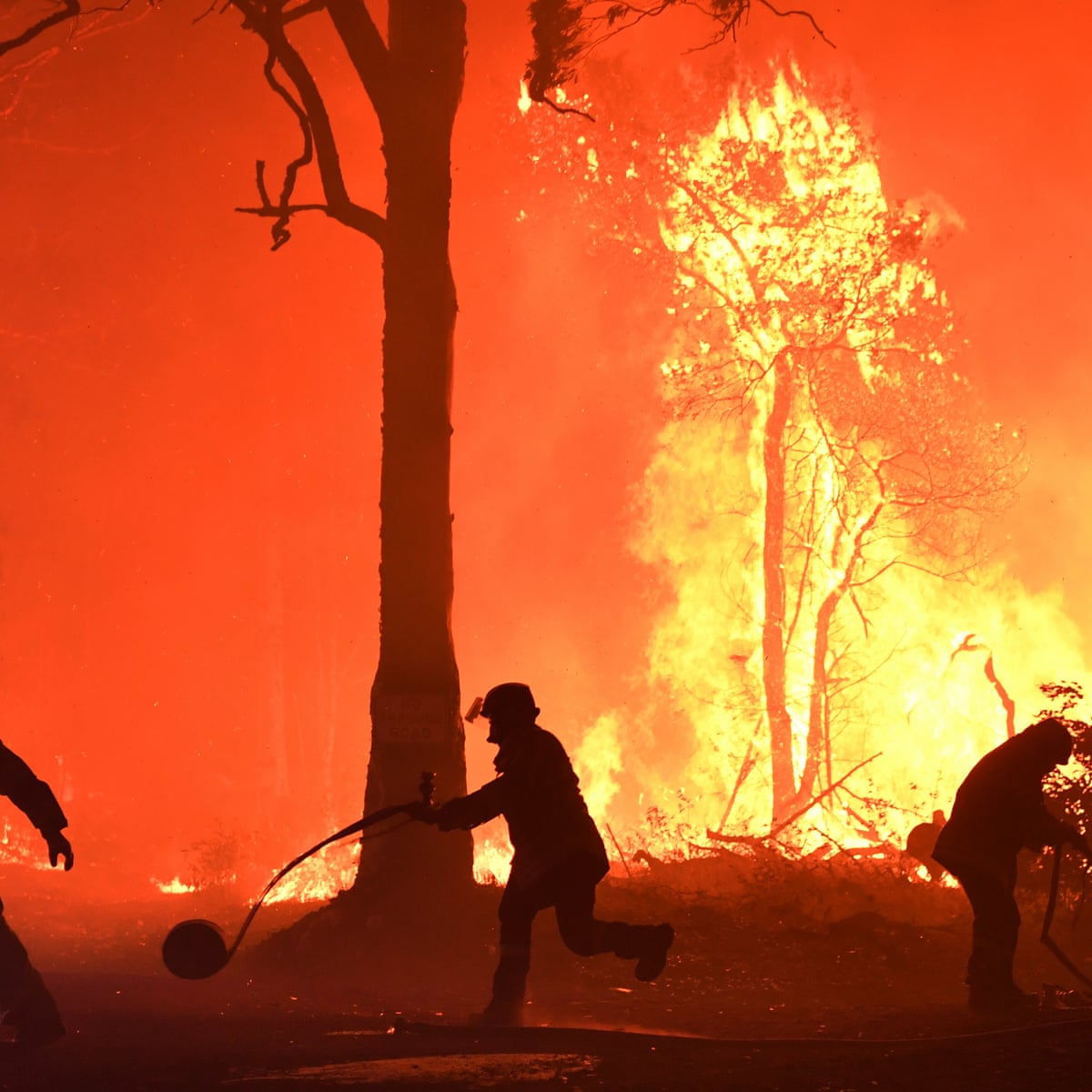Australia Fires 2019 Cause

The other major causes of ignitions in WA were cigarettes weather conditions and vehicles which combined made up about 24 per cent of the ignition causes.
Australia fires 2019 cause. This can be the dry and hot Australian summer due to which it becomes easy for minor blazes to start and spread. Clarke Evans 2019 may now be occurring. The prolonged drought causes embers from fires to spread leading to more intense fires in the 2019 season.
Severe drought conditions prevailing in Australia are a major cause of the bushfire. But the biggest fires burn along stretches of the eastern and southern coast where most of the population lives. Australian newspaper referring to the number of cases of alleged arson since the start of 2019.
Sanderson and Fisher commented that the 20192020 Australian bushfire is an indication of the future that is quickly becoming present and this is solely due to climate change. Cause Impact and Restoration With evidence that climate change is causing Earths temperatures to rise we are seeing fires around the world increase and occur in areas that have not historically experienced them. Some have said that the bushfires in New South Wales and Queensland Australia are a regular natural occurrence.
That ecosystems like. Every state and territory in Australia has experienced fires this summer. Australia experienced its hottest year on record in 2019 with average.
2019 Australian bushfire as a case study aims to determine the possible reasons behind the wildfire. Bushfires can originate from both human activity and natural causes with lightning the predominant natural source accounting for about half of all ignitions in Australia. Firemen prepare as a bushfire approaches homes on the outskirts of the town of Bargo on December 21 2019 in Sydney Australia.
2019 Australian Bushfire. The science around climate change is complex - its not the cause of bushfires but scientists have long warned that a hotter drier climate would contribute to Australias fires. Climate Science for Australias Future published in July 2019 by the National Climate Science Advisory Committee says warming has caused increased intensity and frequency of extreme heat events and droughts longer fire seasons hotter and more acidic oceans and rising sea levels that amplify the effects of high tides and storm surges on coastal communities and infrastructure.

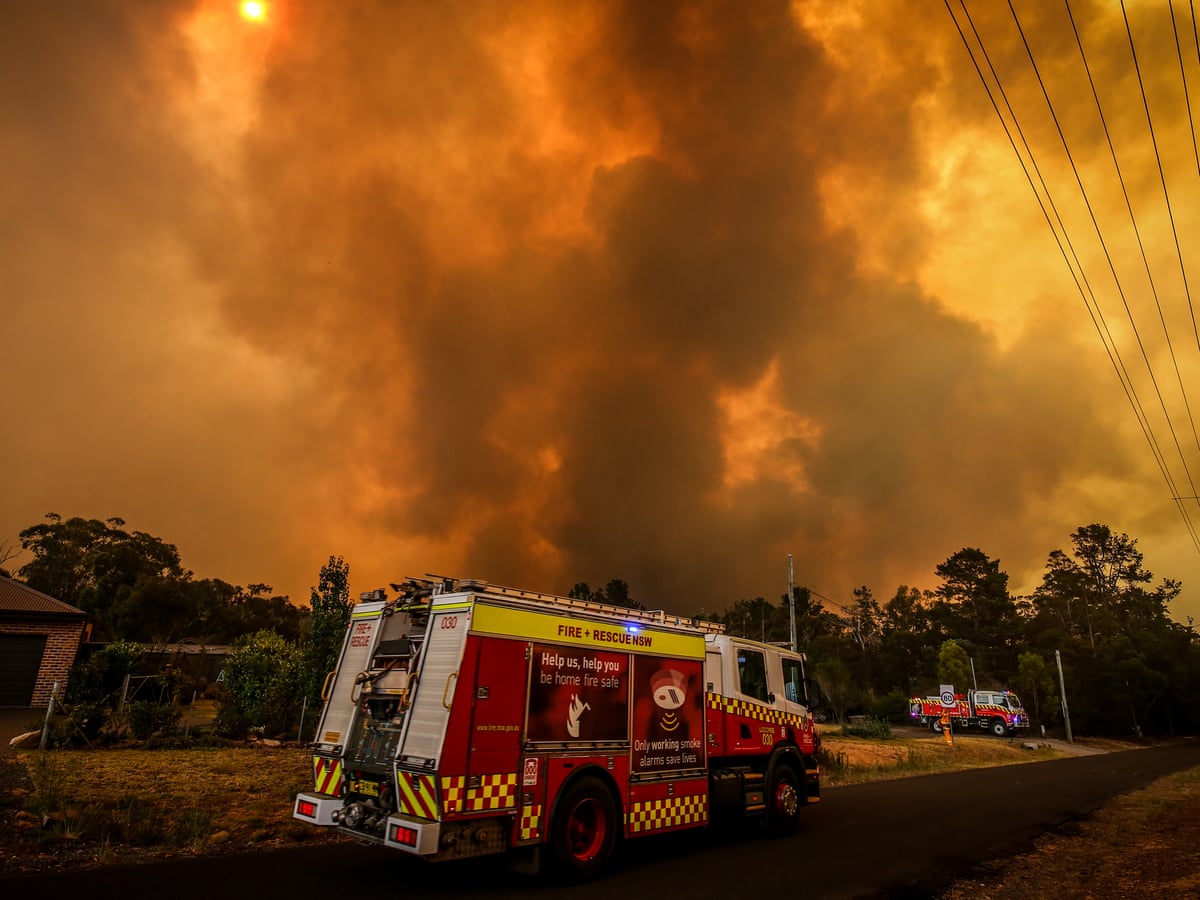

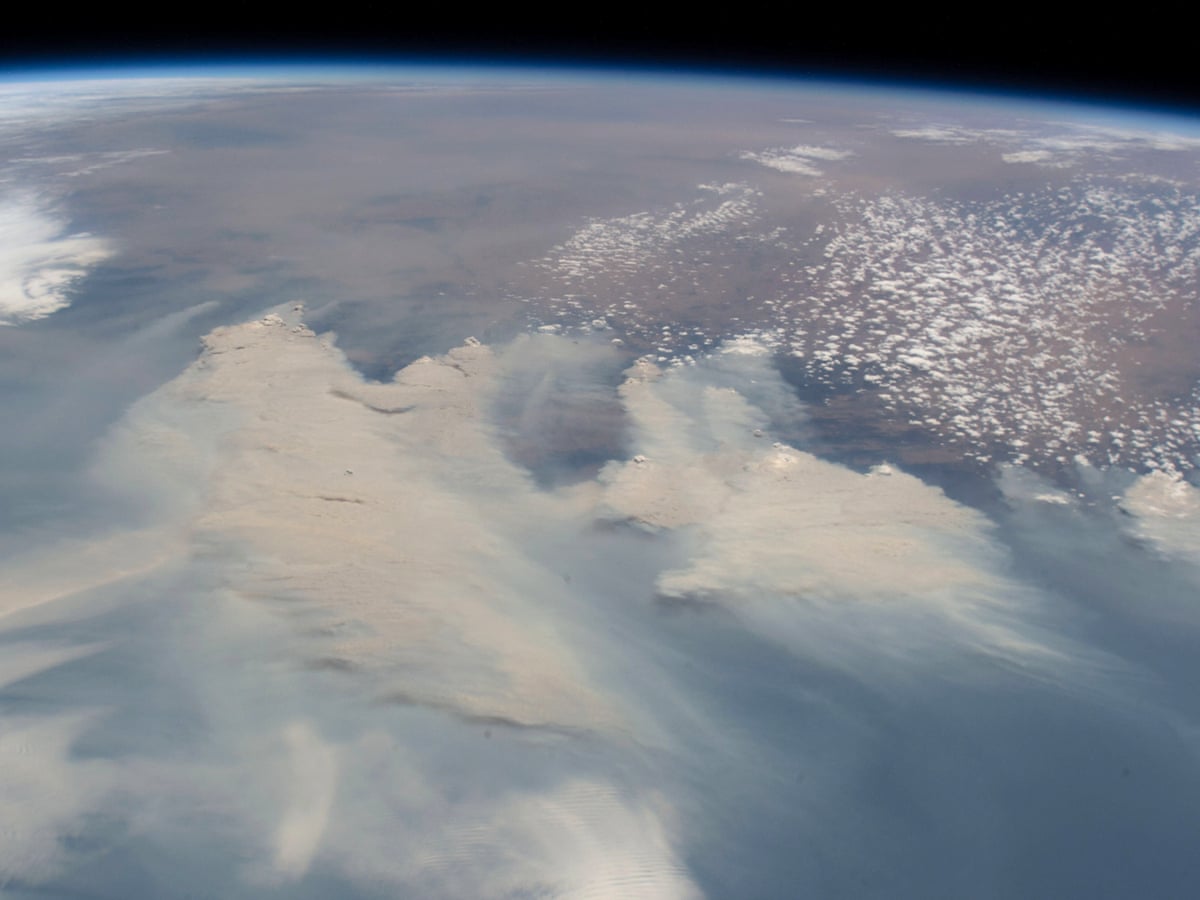
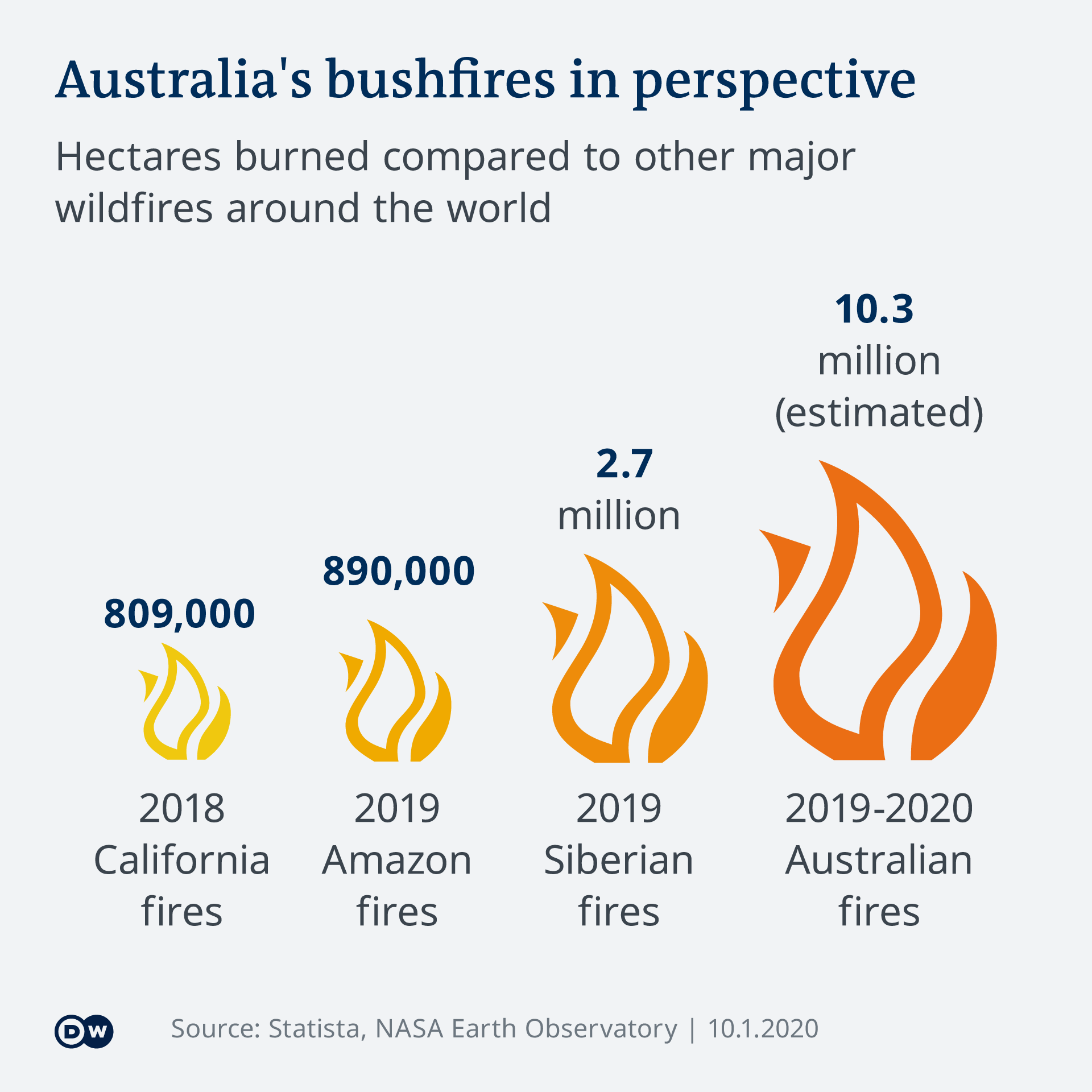


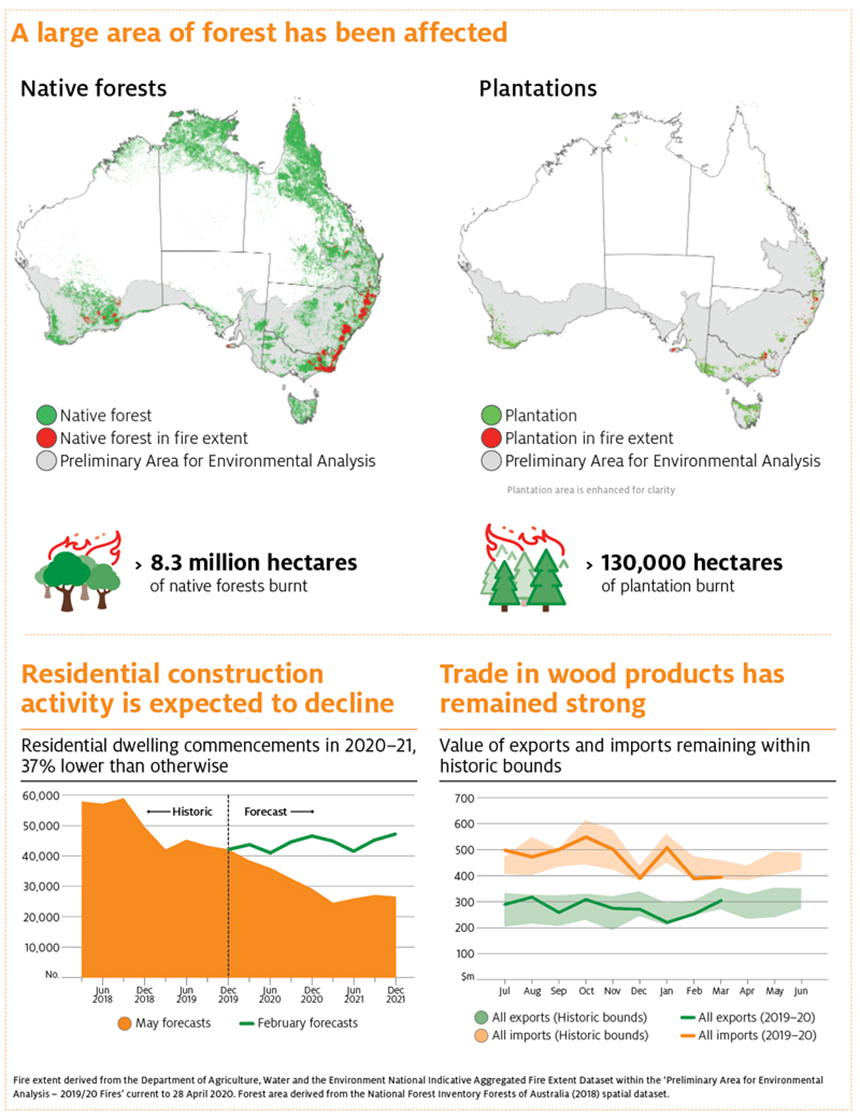


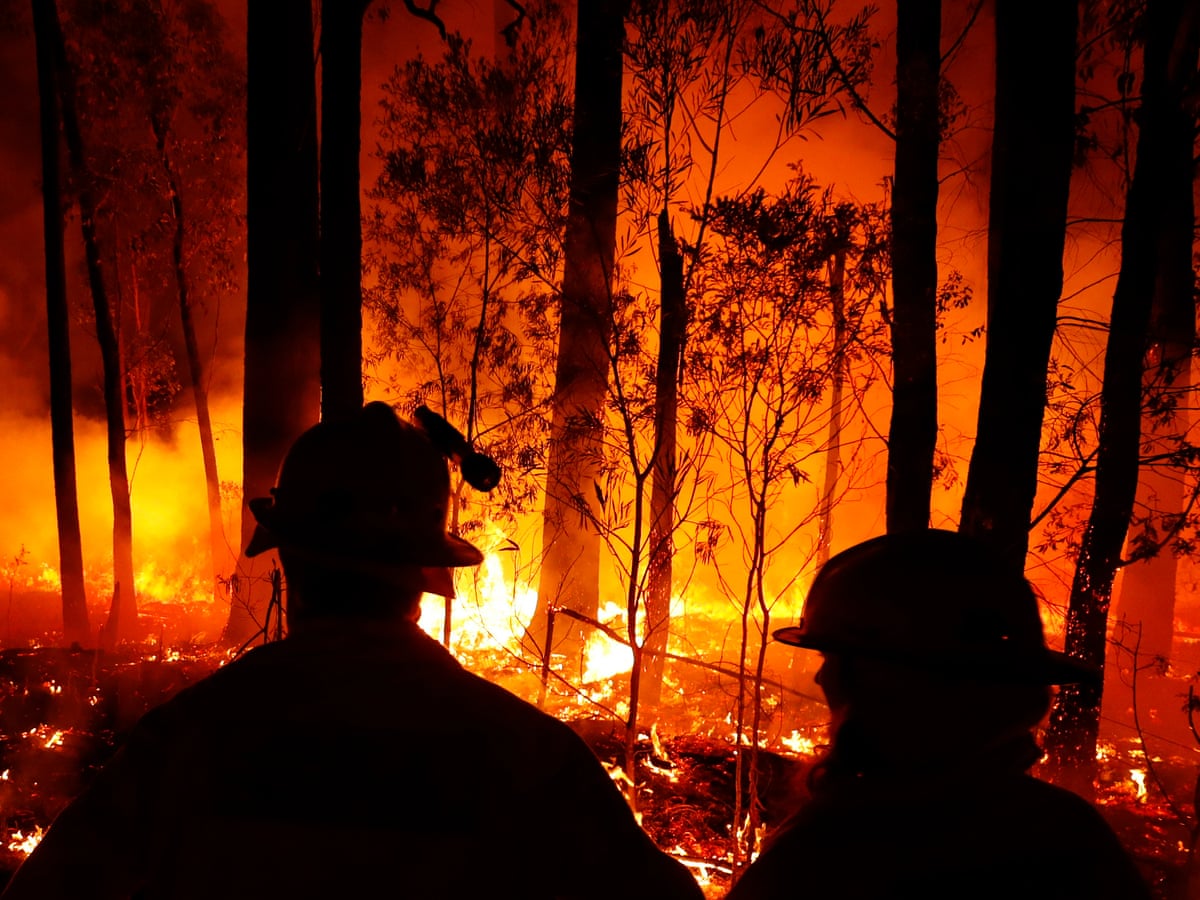
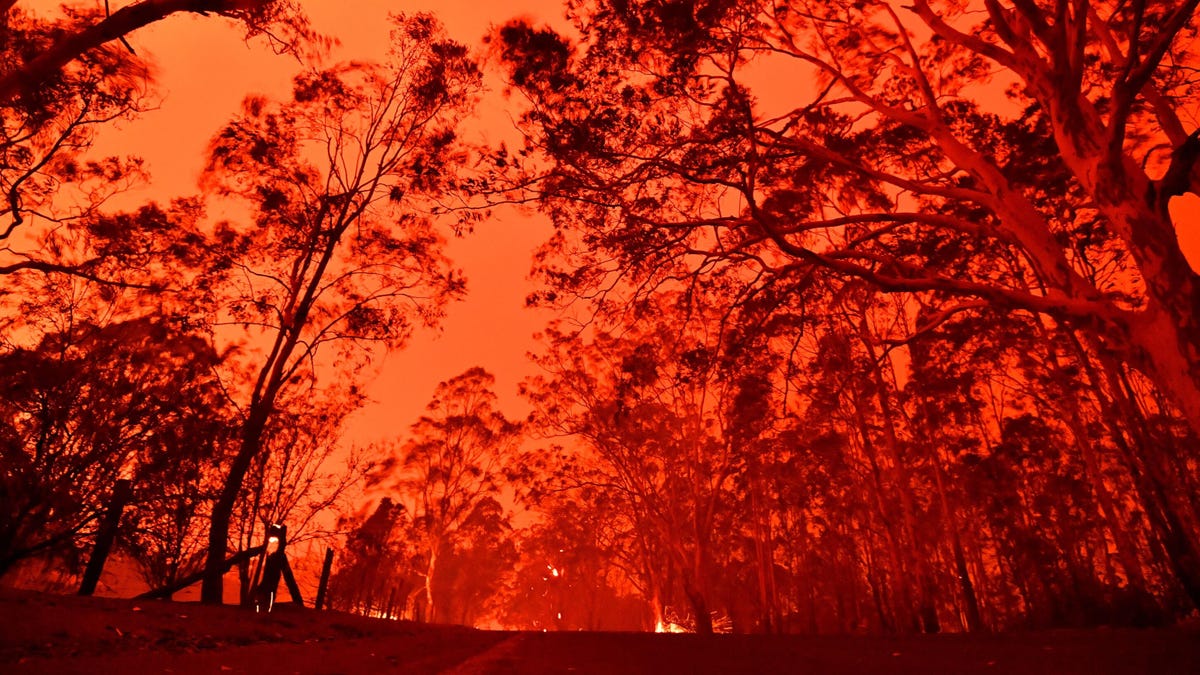
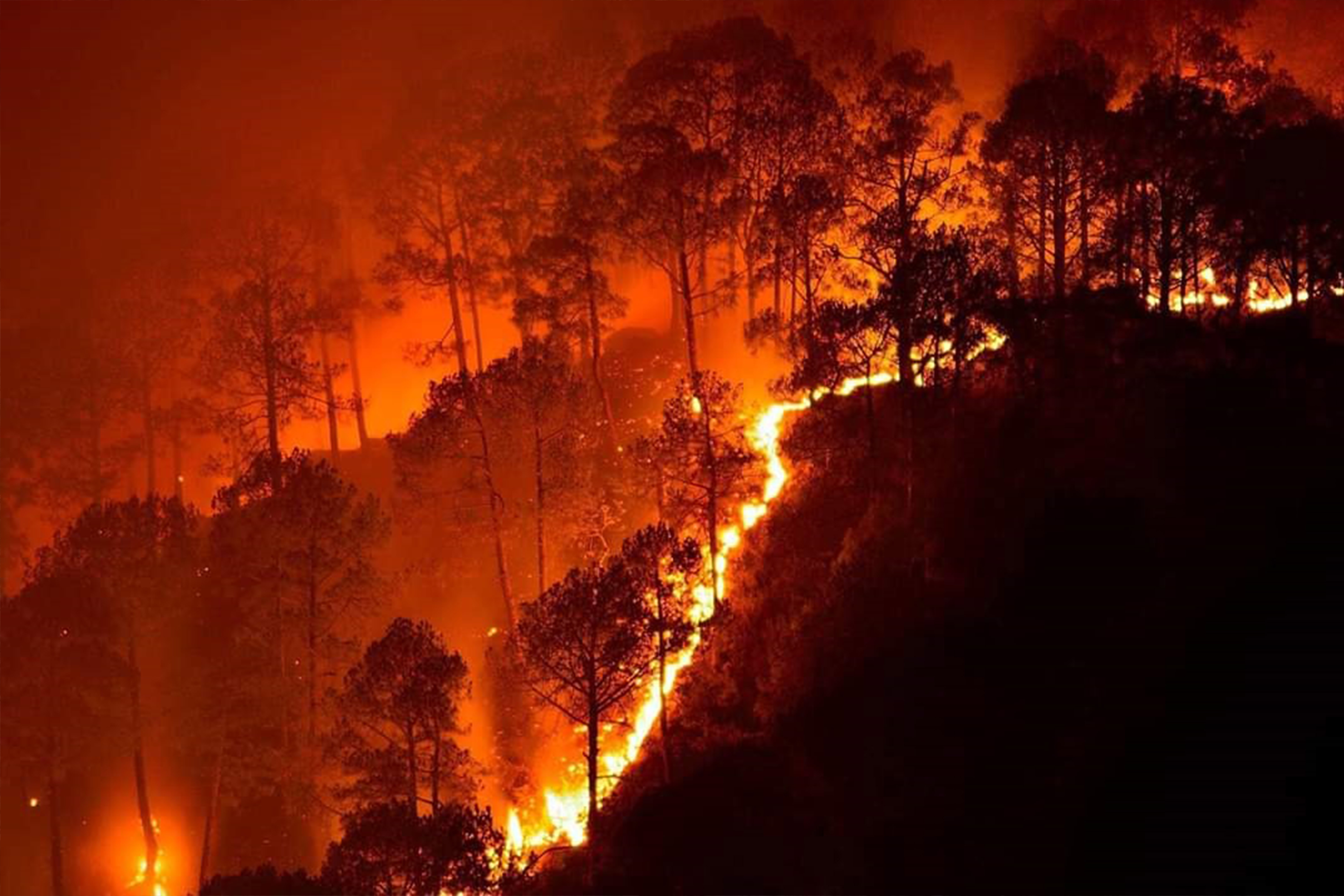
/cdn.vox-cdn.com/uploads/chorus_asset/file/19577720/GettyImages_1191555626.jpg)
